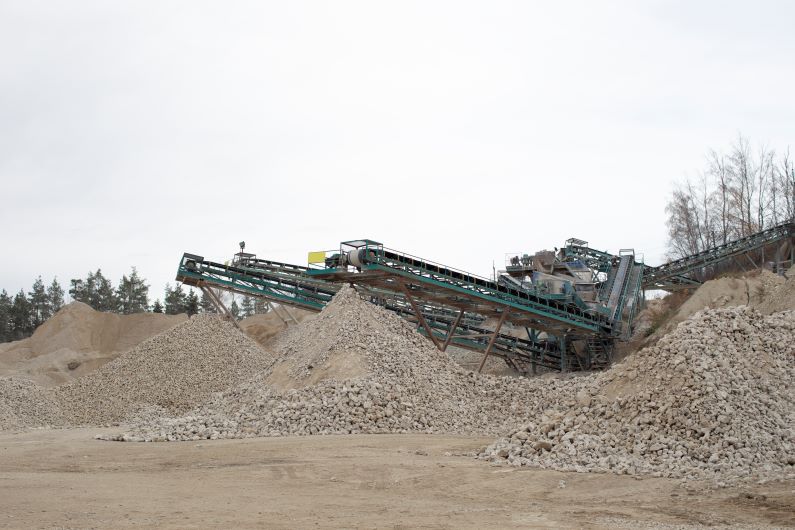
This presentation ‘Lessons Learned from Stakeholder Engagement and Education on the Sustainable Pavements Programme’ was delivered at the 2023 ACI Convention, San Francisco by Milena Rangelov VP of research in VitalMetrics, who has worked on the Federal Highway Administration sustainable payments programme, together with Michelle Helsel. It specifically focuses on mix design optimisation with durability. This is Part 3 of a four-part series.
… continued from Part 2.
Recognising the environmental implications, the research undertook efforts to optimise 17 mixes. Through adjustments in aggregate gradations, they achieved the same performance results with reduced paste content. This optimisation not only enhances durability but also results in significant carbon savings. By reducing the carbon footprint of these mixes, it contributes to a more sustainable and eco-friendly approach in concrete pavement construction.
Analysing process contributions to GWP, cement emerges as the primary contributor, ranging from 73% to 93%. Other processes such as transportation, slag, and mixing play significant roles, albeit to a lesser extent. This emphasises the importance of scrutinising the entire lifecycle and pinpointing areas for improvement.
The study underscores the significance of cement production data granularity. While we currently rely on industry averages, using more recent data results in lower environmental impacts. However, the granularity of cement data in the US needs improvement to provide a more accurate representation of the environmental footprint.
In the pursuit of sustainability, the team investigated the potential carbon savings achievable in analysed projects. This exploration aims to identify opportunities for further optimisation and reduction of environmental impact, fostering a more sustainable future for concrete pavement construction.
In the continuation of exploration into mix design optimisation, the team wanted to highlight the significant potential for GHG reduction by addressing overdesign. The analysis of 17 mixes with the potential for paste reduction (between 1-5%) revealed a clear relationship between paste reduction and GHG reduction percentages. The more we reduce paste content, the more significant the GHG reduction, reaching up to 15%. This reduction is achieved through straightforward mix design optimisation, primarily focusing on improved aggregate gradation.
One example of a practical and sustainable solution is a simple modification involving an extra barrel for middle-sized aggregates. This uncomplicated adjustment in aggregate gradation can lead to substantial carbon savings. It’s a low-tech approach with the potential to make a significant impact on the environmental footprint of concrete pavement construction.
To contextualise the impact, let’s translate the total savings achievable through mix design optimisation into a tangible comparison. If one optimises the mix design for one lane mile of pavement that’s 25cm thick, the carbon savings would be equivalent to removing 27 commuters from the road for a year. This analogy emphasises the practicality and ease of implementing mix design changes compared to other sustainability measures.
Beyond the reduction in GWP, optimising mix designs for paste content reduction and improved aggregate gradations brings about positive changes in various environmental impact categories. From ozone depletion and smog creation to eutrophication and acidification, the overall environmental footprint improves.
Continued in Part 4…
More news
- CELEBRATING EXCELLENCE IN THE RESIDENTIAL PROPERTY SECTOR
- PART 4: GIBS PANEL DISCUSSES INTEMEDIATE CITIES ROLE IN AFRICA’S DEVELOPMENT
- EXPOSED AGGREGATE PAVERS COMPLEMENT NEW LIFESTYLE CENTRE
- GIBS PANEL EXPLORES ROLE OF INTERMEDIATE CITIES IN SA’S DEVELOPMENT PART 3
- CITI-CON’S CONCRETE KNOWLEDGE SUCCESSFULLY DEPLOYED ON NEW LANDMARK DEVELOPMENT




